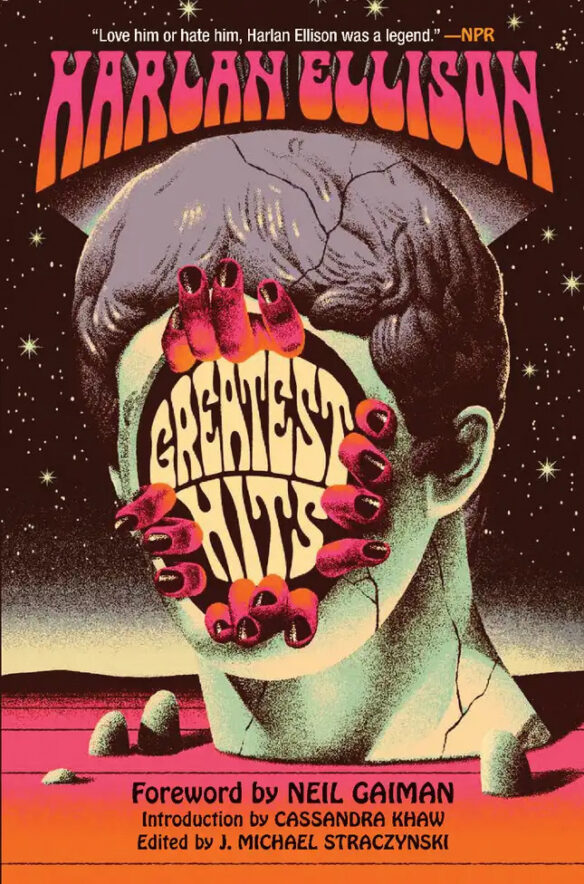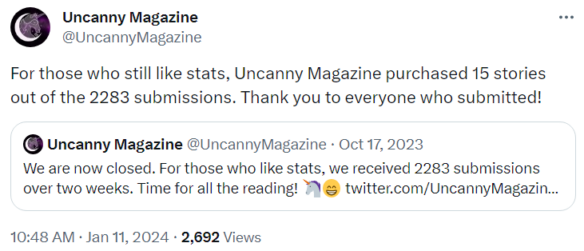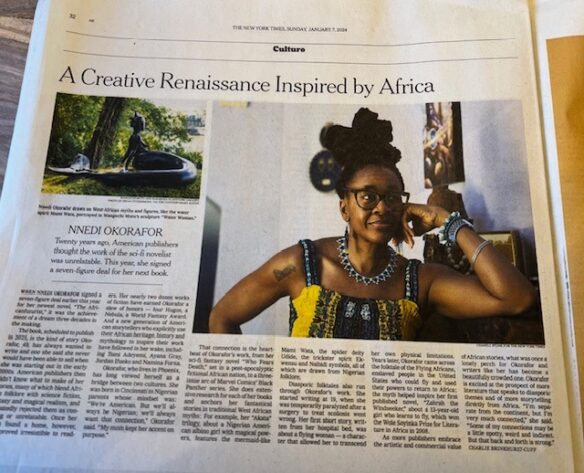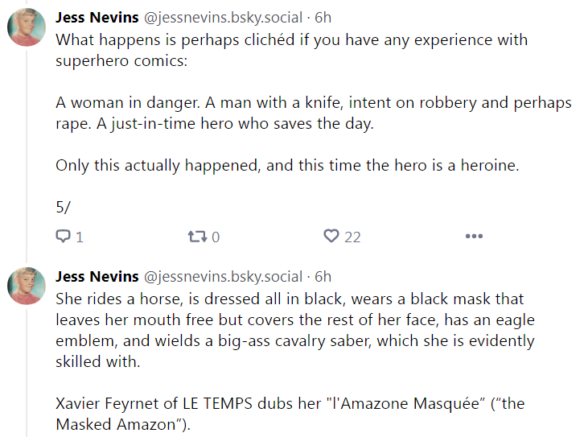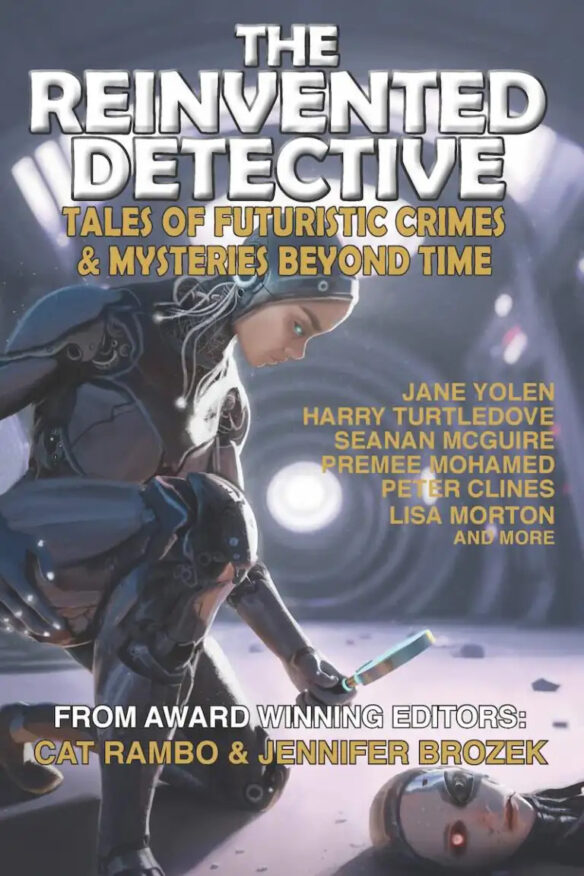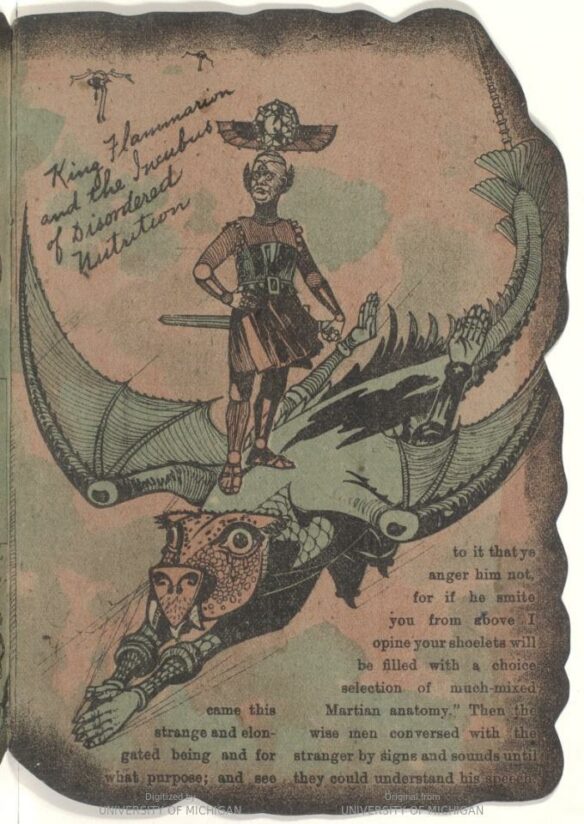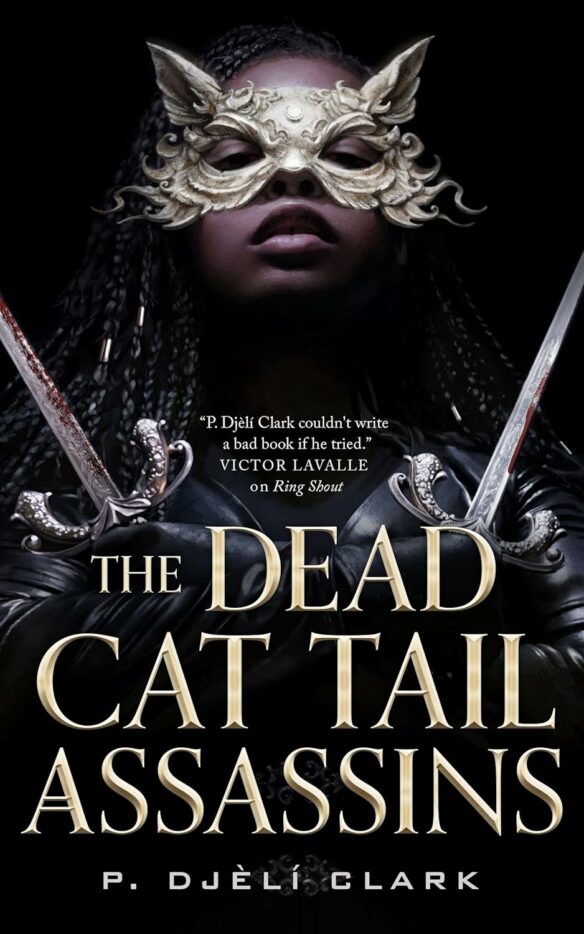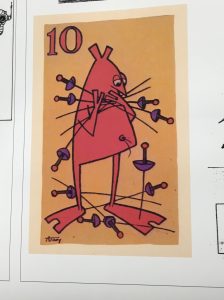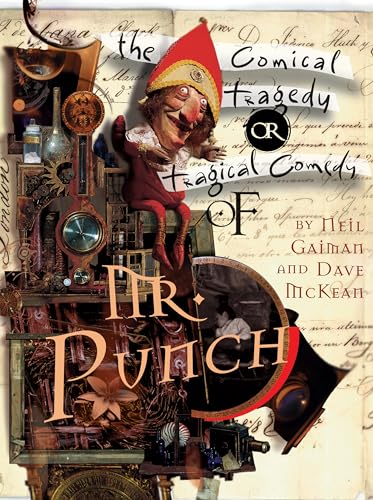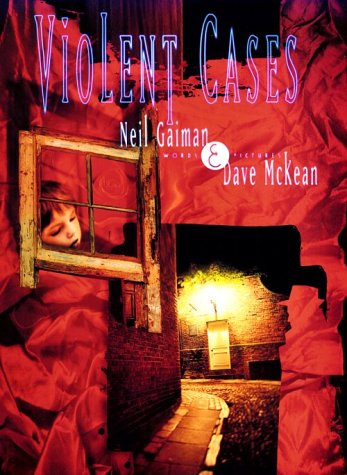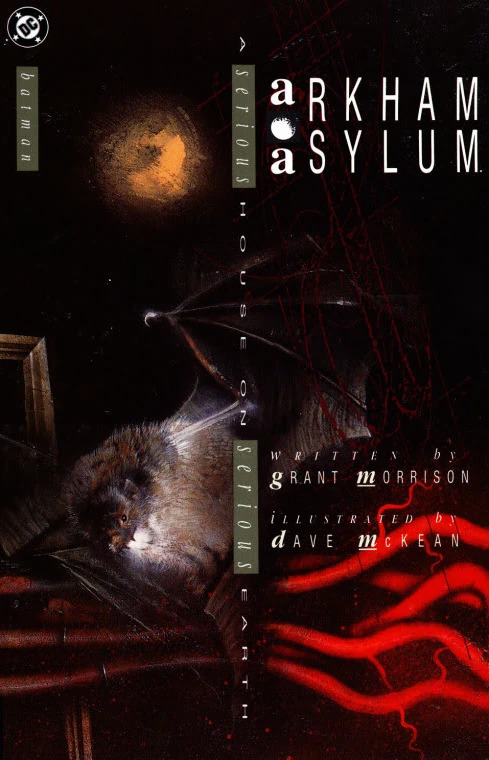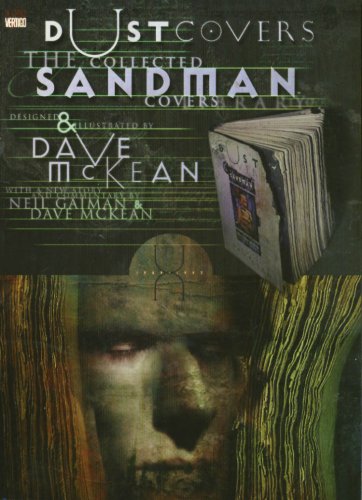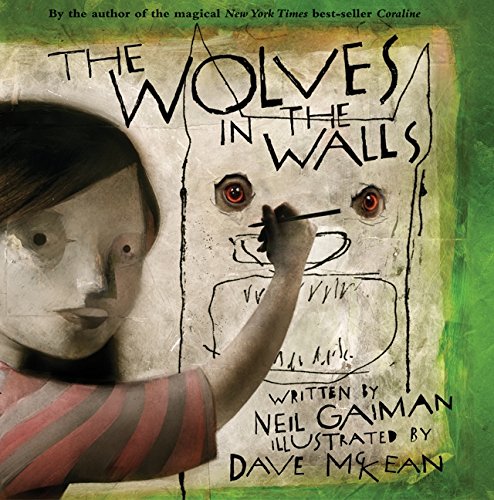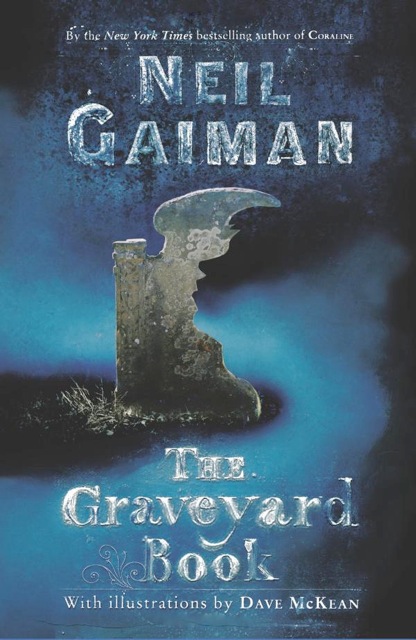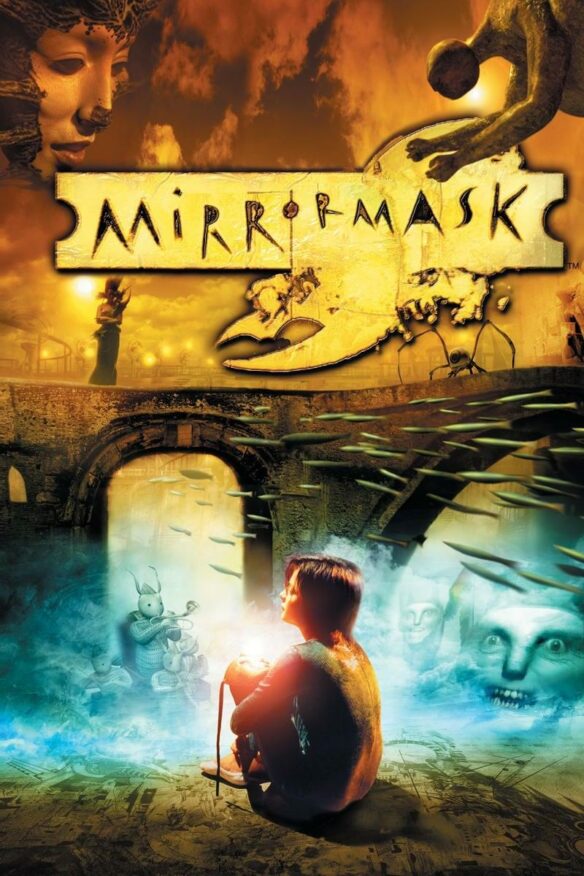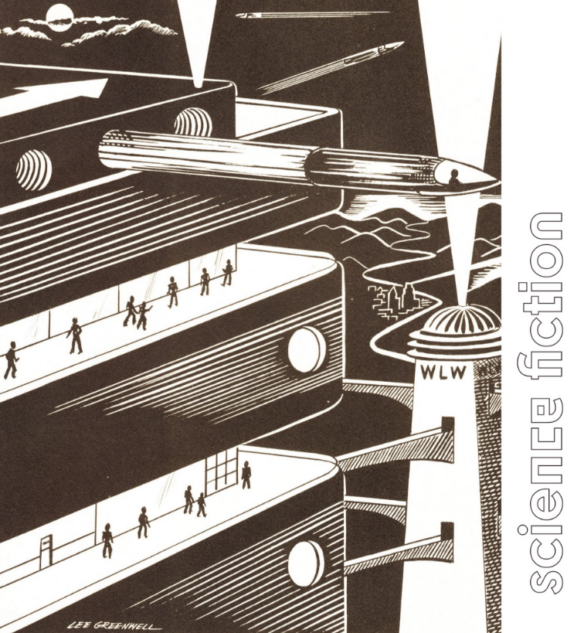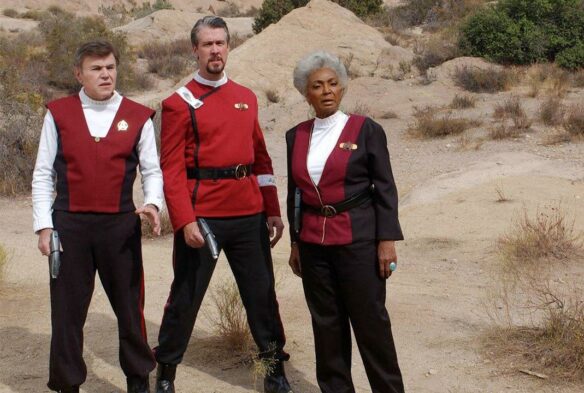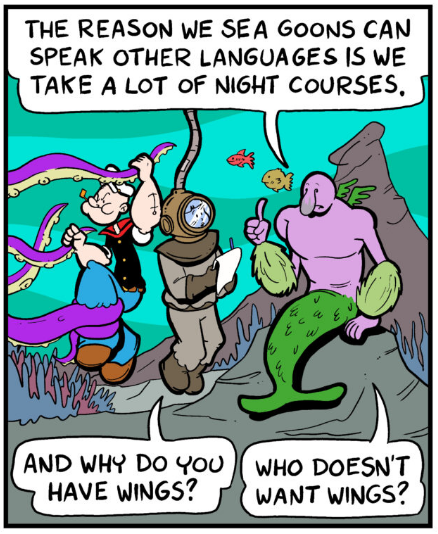(1) SATURN AWARDS NEWS. Keanu Reeves will be the inaugural recipient of the Lance Reddick Legacy Award when the 51st Saturn Awards take place on February 4. reports Variety.
The Academy of Science Fiction, Fantasy and Horror Films has announced that Keanu Reeves will receive the inaugural Lance Reddick Legacy Award at the 51st Saturn Awards. The entire show will be dedicated to the memory of the late Reddick, who died at the age of 60 in March 2023.
Reeves, who was friends with Reddick, starred alongside him in the “John Wick” action-thriller franchise. Reddick appeared in all four movies as Charon, the concierge at the Continental hotel, where his character interfaced with Reeves’ titular hitman.
Academy president Robert Holguin and Saturn producers Bradley and Kevin Marcus released a statement on Reeves’ forthcoming honor: “This award symbolizes and celebrates not only a performer’s talent, but their character; someone who’s a true goodwill ambassador in the industry. From science fiction (‘The Matrix Trilogy’), fantasy (‘Bill & Ted’s Excellent Adventure’/’Constantine’) and horror (Francis Ford Coppola’s ‘Dracula’/’The Devil’sAdvocate’), Keanu has done it all — not to mention ‘Speed’ and ‘Point Break.’”…
(2) SNUBBED? [Item by Dann.] The Hollywood Reporter has a story about the backlash to the backlash that protested the lack of Oscar nominations for Greta Gerwig and Margot Robbie. Media outlets from the New York Times to Slate offered rebuttals suggesting that it’s OK for a successful property to not win every award. “The ‘Barbie’ Oscar Snubs Backlash-Backlash: ‘Everyone Lost Their Minds’”.
The penultimate paragraph includes a quote from a genre fan-favorite:
And finally there was The View‘s Whoopi Goldberg, proclaiming, “[Saying somebody was snubbed] assumes someone else shouldn’t be in there. There are no snubs. That’s what you have to keep in mind: Not everybody gets a prize, and it is subjective. Movies are subjective. The movies you love may not be loved by the people who are voting.”
(3) EATING THE FANTASTIC. Scott Edelman invites listeners to “Munch MVP sandwiches with MVPs Gary K. Wolfe and Jonathan Strahan” in Episode 217 of his Eating the Fantastic podcast.

Gary K. Wolfe is a science fiction critic, editor, and biographer who’s had a monthly review column in Locus since December 1991. He was nominated for the Hugo Award for Best Related Work in 2006 for the book Soundings: Reviews 1992–1996, and again in 2011, for the book Bearings: Reviews 1997–2001. Over the years, he’s won the Eaton Award from the Eaton Conference on Science Fiction, the Pilgrim Award for Lifetime Achievement from the Science Fiction Research Association, the Distinguished Scholarship Award from the International Association for the Fantastic in the Arts, and the British Science Fiction Association Award for nonfiction for the previously mentioned Soundings: Reviews 1992–1996. He’s also (among many other things) edited two wonderful volumes for the Library of America — American Science Fiction: Four Classic Novels 1953-1956 and American Science Fiction: Five Classic Novels 1956-1958.
Jonathan Strahan is a nineteen-time Hugo Award nominated editor and publisher of science fiction, fantasy, and horror. He’s won the Aurealis Award, the William Atheling Jr Award for Criticism and Review, the Australian National Science Fiction Convention’s “Ditmar Award”, and the Peter McNamara Achievement Award. As a freelance editor, he’s edited or co-edited more than sixty original and reprint anthologies and seventeen single-author story collections and has been a consulting editor for Tordotcom Publishing and Tor.com since 2014, where he’s acquired and edited two novels, 36 novellas, and a selection of short fiction. Strahan won the World Fantasy Award (Special – Professional) in 2010 for his work as an editor, and his anthologies have won the Locus Award for Best Anthology four times (2008, 2010, 2013, 2021) and the Aurealis Award seven times. He has been Reviews Editor at Locus since 2002.
As the reason I’m with both of them is — together, they’ve been cohosts of The Coode Street Podcast since May 2010, which had 640 episodes live the last time I looked, and has been nominated for the Hugo Award for Best Fancast ten times, winning once.
We discussed why The Coode Street Podcast is “the Cheers of podcasts,” the foolish statement made during their first episode which meant there had to be more, the identity of the guest who was most resistant to appearing on their show, the reason the podcast made Paul Cornell want to run, the different interviewing techniques necessary when having conversations with the voluble vs. the reticent, the white whales whom they could never snare, how to make sure we’re speaking to more than just our own generations, their advice for anyone who wants to launch a podcast, the way to avoid getting canned responses out of guests, how their conversational methods have changed over 13 years, whether critiquing books or rejecting stories has ever affected relationships with a guest, and much more.
(4) PRESSURE FOR REGULATION. “The Sleepy Copyright Office in the Middle of a High-Stakes Clash Over A.I.” – the New York Times has the story.
For decades, the Copyright Office has been a small and sleepy office within the Library of Congress. Each year, the agency’s 450 employees register roughly half a million copyrights, the ownership rights for creative works, based on a two-centuries-old law.
In recent months, however, the office has suddenly found itself in the spotlight. Lobbyists for Microsoft, Google, and the music and news industries have asked to meet with Shira Perlmutter, the register of copyrights, and her staff. Thousands of artists, musicians and tech executives have written to the agency, and hundreds have asked to speak at listening sessions hosted by the office.
The attention stems from a first-of-its-kind review of copyright law that the Copyright Office is conducting in the age of artificial intelligence. The technology — which feeds off creative content — has upended traditional norms around copyright, which gives owners of books, movies and music the exclusive ability to distribute and copy their works.
The agency plans to put out three reports this year revealing its position on copyright law in relation to A.I. The reports are set to be hugely consequential, weighing heavily in courts as well as with lawmakers and regulators.
“We are now finding ourselves the subject of a lot of attention from the broader general public, so it is a very exciting and challenging time,” Ms. Perlmutter said.
The Copyright Office’s review has thrust it into the middle of a high-stakes clash between the tech and media industries over the value of intellectual property to train new A.I. models that are likely to ingest copyrighted books, news articles, songs, art and essays to generate writing or images. Since the 1790s, copyright law has protected works so an author or artist “may reap the fruits of his or her intellectual creativity,” the Copyright Office declares on its website.
That law is now a topic of hot debate. Authors, artists, media companies and others say the A.I. models are infringing on their copyrights. Tech companies say that they aren’t replicating the materials and that they consume data that is publicly available on the internet, practices that are fair use and within the bounds of the law. The fight has led to lawsuits, including one by The New York Times against the ChatGPT creator OpenAI and Microsoft. And copyright owners are pushing for officials to rein in the tech companies….
(5) RADIO SILENCE. Looking for comments from Kevin Standlee? We’re told he’s probably seeing the questions, but he’s been told he mustn’t say anything, so don’t be offended about getting no response to the Standlee Signal.
(6) ANOTHER BRICK IN THE WALL. “Pharrell Williams: Lego Animated Biopic Coming From Focus Features” at Variety.
The musician and superproducer announced that he is teaming with The Lego Group, director Morgan Neville and Focus Features to create “Piece by Piece,” an animated film about his life using the famous toy blocks.
Per the press release, “Uninterested in making a traditional film about his life, Pharrell set out to tell his story in a way that would set audience’s imaginations free. Developed from his singular vision, ‘Piece by Piece’ defies genres and expectations to transport audiences into a Lego world where anything is possible.”…
(7) TODAY’S BIRTHDAY.
[Written by Cat Eldridge.]
Born January 26, 1979 — Yoon Ha Lee, 44. A truly stellar writer.
His first work for us was “The Hundredth Question” story published in The Magazine of Fantasy & Science Fiction in the February 1999 issue. May I note that magazine has published some of the finest short fiction I’ve ever had the pleasure to read?
After “The Hundredth Question”, I count just over a hundred short stories and intriguingly nearly thirty pieces of poetry which is a fair amount of genre work I’d say.

Quite interesting is that the stories have several series running there — one that runs off with “The Cat Who Forgot to Fly” and runs five stories (I went to read these); then there’s series of stories about dragons, librarians, mermaids, phoenixes and queens.
So let’s talk about his novels. His Machineries of Empire space opera novels, well space opera is a gross understatement to it mildly, consisting of Ninefox Gambit, Raven Stratagem and Revenant Gun are splendid works indeed. As a follower of Asian folklore, the fact that these nicely use Korean folklore is a bonus.
Ninefox Gambit was nominated for a Hugo at Worldcon 75, Raven Stratagem at Worldcon 76 and Revenant Gun at Dublin 2019. None alas won a Hugo.
He likes fox spirits, he really does. (As do I.) So The Thousand World series is a space opera, and yes time that is an accurate term, about thirteen-year-old Min, who comes from a long line of fox spirits. Oh there’s dragons and tigers, oh my here as well.
I’ve not read his latest novel, Phoenix Extravagant, but magic fueled weaponized armored giants sounds potentially interesting.
Remember all of those short stories? Well they have been collected, well I thought most of them had in The Candlevine Gardener and Other Stories but it turned out that those are flash fiction, all sixty five of them as I just discovered, though available are free from his website here.
I just read “The Cat Who Forgot to Fly”. It read like a classic folklore story from well before the 1800s — charming, magical and everyone is fine at the end. All two pages.
The longer stories can be found in Conservation of Shadows, The Fox’s Tower and Other Tales and Hexarchate Stories.
(8) COMICS SECTION.
- The Argyle Sweater has Star Wars rejects.
(9) SOMETHING ELSE YOU CAN’T SAY. [Item by Cat Eldridge.] Can we please stop calling it AI? They’re not actually artificial intelligences, they’re collections of algorithms doing routines based off them. None could pass a Turing test. “George Carlin’s Estate Sues Creators Of AI Version Of Comedy Icon” at Deadline.
Over 50 years ago, the late and great George Carlin listed off the seven words you couldn’t say on television. Based on a lawsuit from the iconic comedian’s estate filed in federal court in California today, at least two of those words may apply to the creators of an AI generated special that uses Carlin’s style and voice to a 2024 effect.
AKA: “a bastardization of Carlin’s real work,” the copyright infringement complaint says.
“Defendants’ AI-generated “George Carlin Special” is not a creative work,” it goes on to exclaim. “It is a piece of computer-generated click-bait which detracts from the value of Carlin’s comedic works and harms his reputation.”…
(10) THE END. Another one from Sam Sykes that tickled me.
(11) VIDEO OF A YEAR AGO. [Item by Danny Sichel.] German band Electric Callboy just (for values of ‘just’ that include ‘over a year ago’) released a very genre-intense video for their song ‘Spaceman’.
Warning: Electric Callboy’s style is a mix of bouncy energetic rave pop and thrashing deathcore growls. They are an extremely non-serious band.
(12) VIDEO OF THE DAY. “The Wicked Witch on Mister Rogers’ Neighborhood (1975)”.
David Newell (Mr. McFeely) recollects Margaret Hamilton’s visit to Mister Rogers’ Neighborhood filmed at WQED in Pittsburgh. In the episode on scary images, Fred Rogers meets the actress who played the Wicked Witch of the West in 1938 movie “The Wizard of Oz”.
[Thanks to Chris Barkley, Daniel Dern, Cat Eldridge, SF Concatenation’s Jonathan Cowie, Dann, Danny Sichel, Kathy Sullivan, Steven French, Mike Kennedy, Andrew Porter, and John King Tarpinian for some of these stories. Title credit belongs to File 770 contributing editor of the day OGH.]

